1.2 Classification of Biodegradable Polymers
1/14
There's no tags or description
Looks like no tags are added yet.
Name | Mastery | Learn | Test | Matching | Spaced |
|---|
No study sessions yet.
15 Terms
What is Corn starch polymer, and what is it made from?
Type: Natural bio-polymer
Made From: High-starch vegetables (corn, potatoes, maize)
Uses: Biodegradable alternatives to traditional plastics
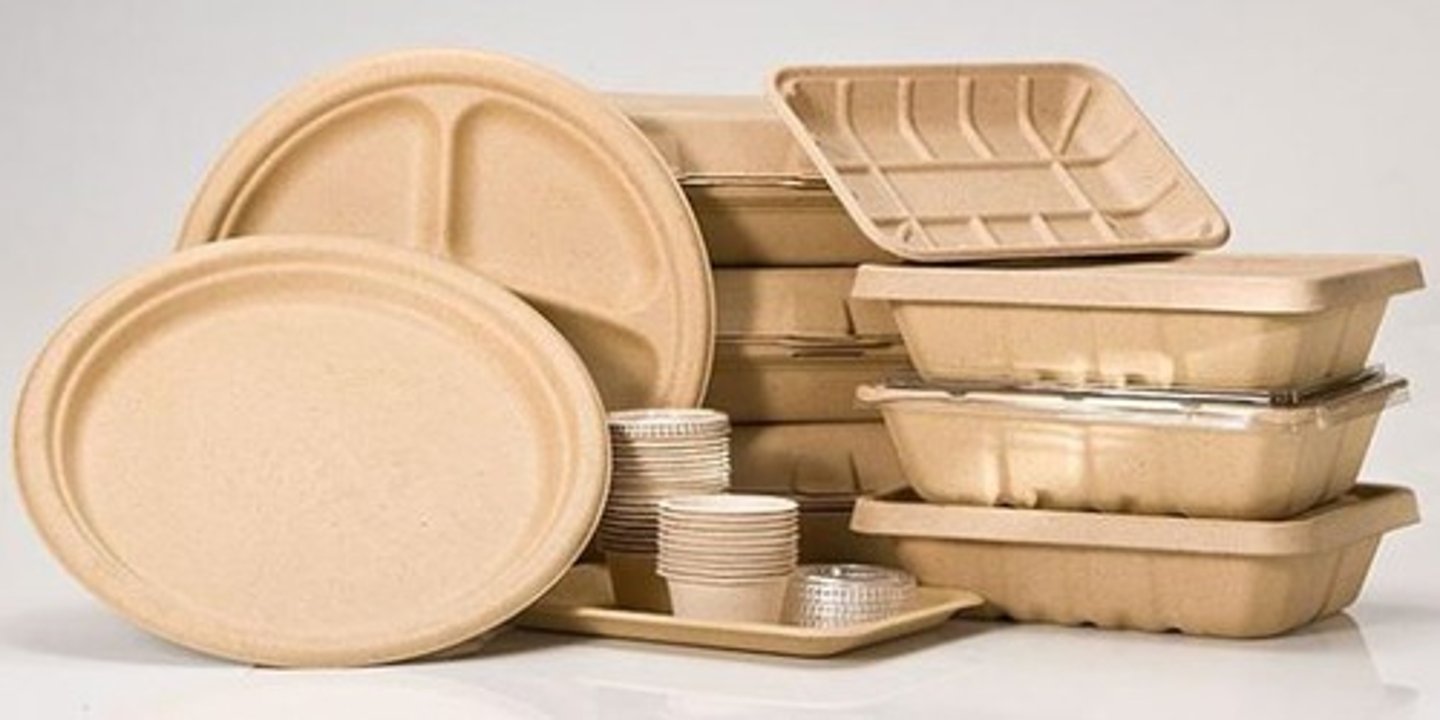
What is Potatopak, and what are its uses?
Type: Natural bio-polymer
Made From: Potato starch
Uses: Single-use items—bowls, cutlery, food trays
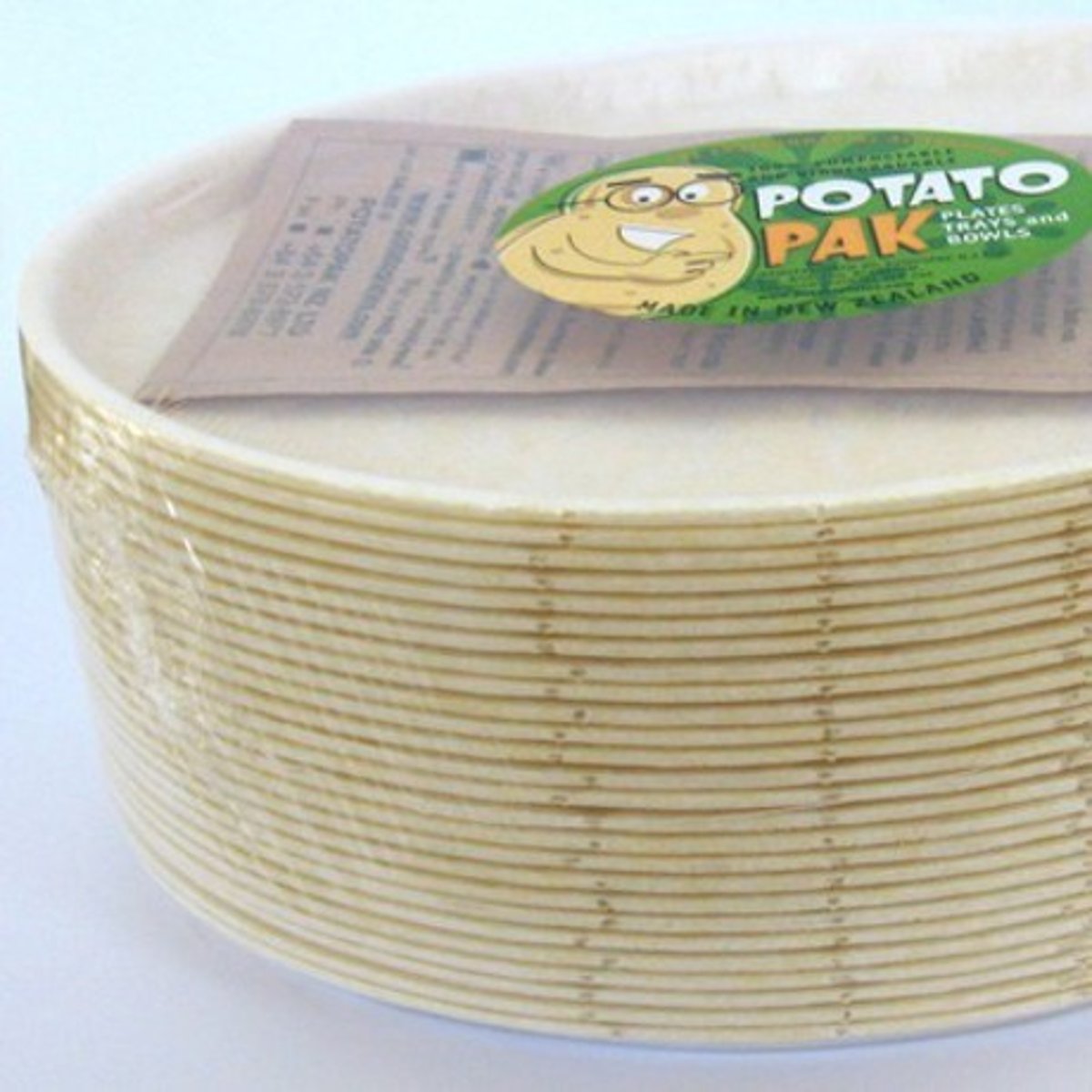
What is Biopol (PHB), and how is it used?
Type: Natural bio-polymer
Made From: Bacteria grown in cultures
Uses: 1% additive to thermoplastics for degradation
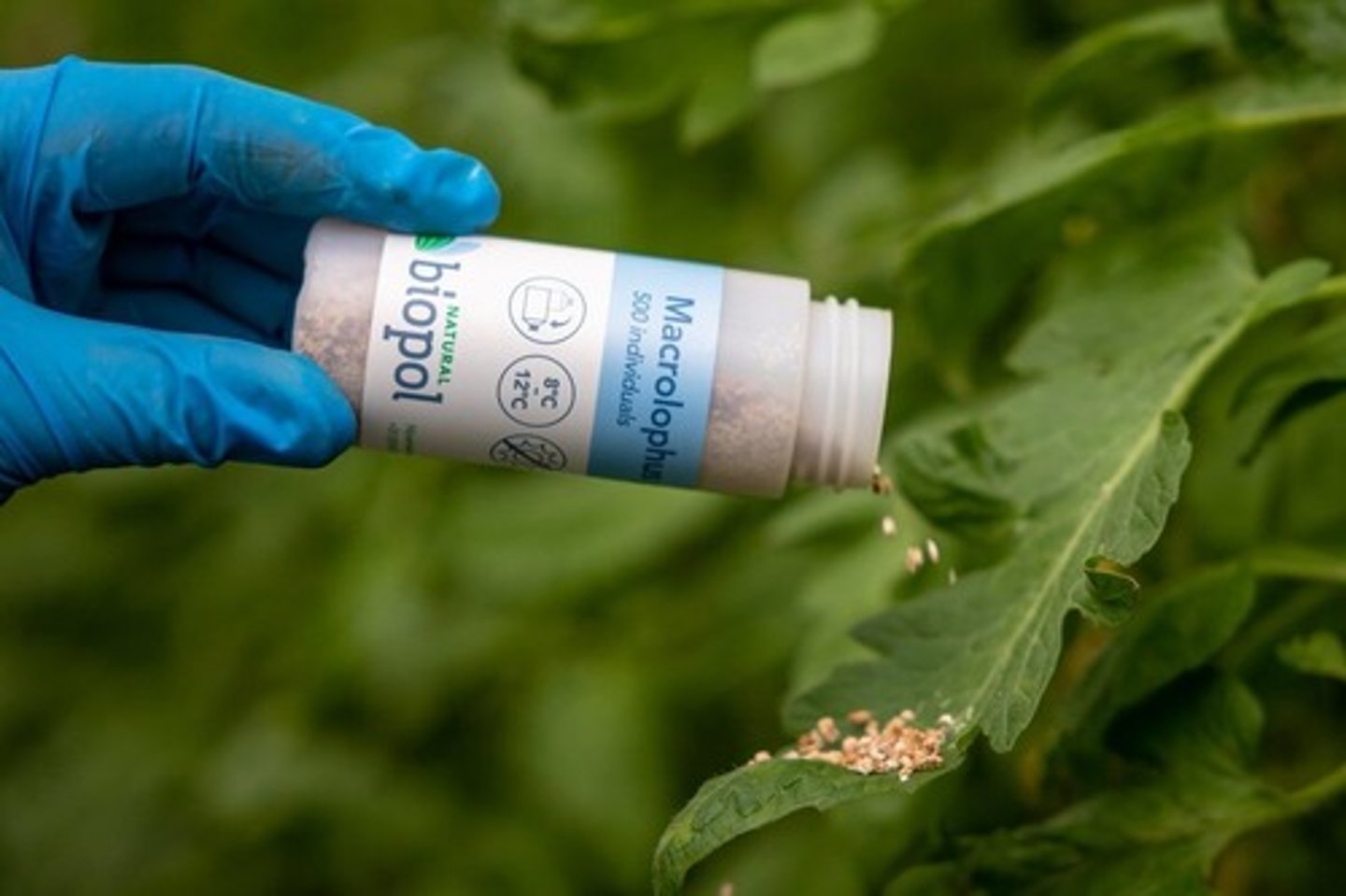
What is Polylactide Acid (PLA), and what are its uses?
Type: Synthetic bio-polymer
Made From: Fermenting cane sugar into lactic acid
Uses: 3D printing
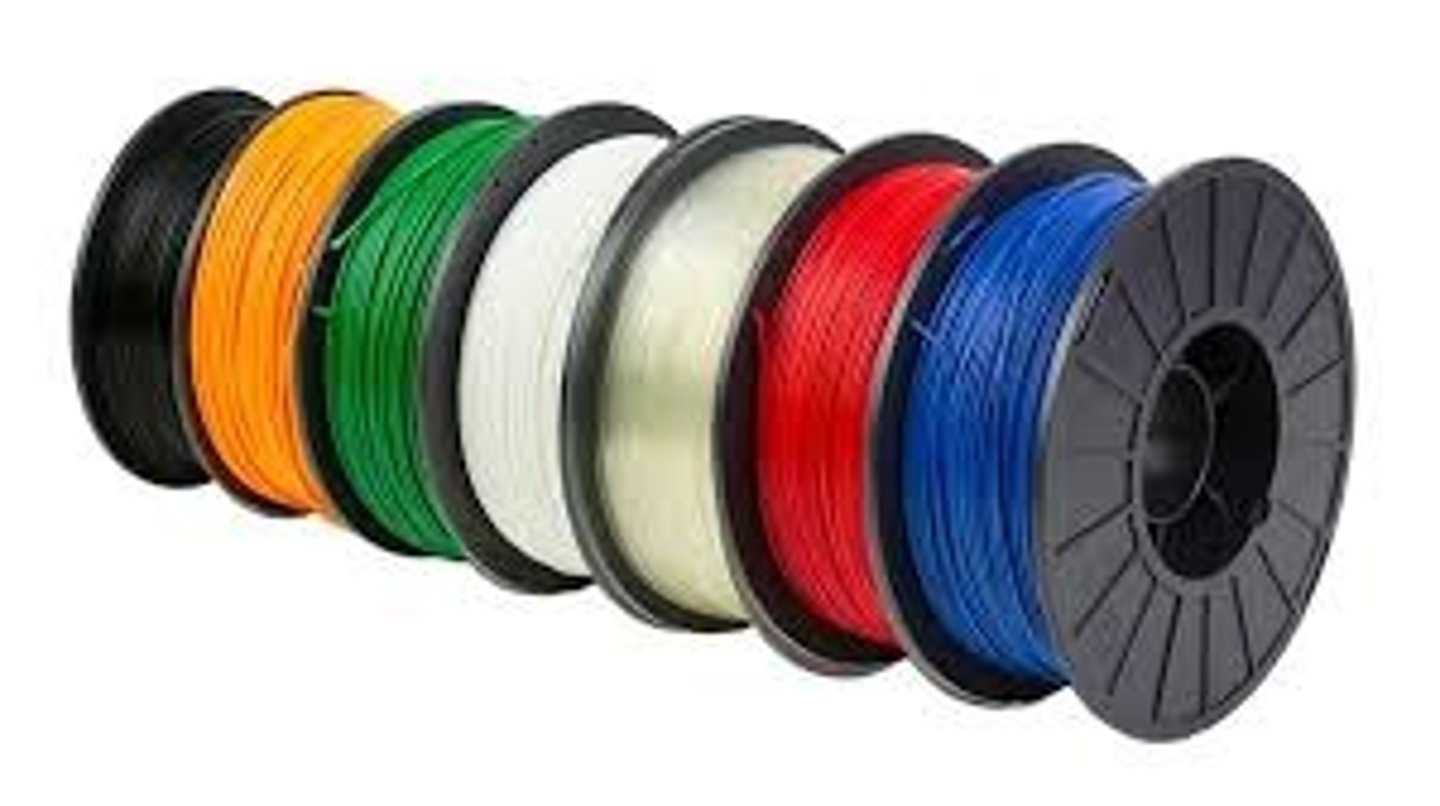
What is Polyhydroxyalkanoate (PHA), and what are its uses?
Type: Natural bio-polymer
Made From: Bacteria grown in cultures
Uses: medical applications (medication patches, films, screws, bone plates) because it’s non-toxic inside the human body.
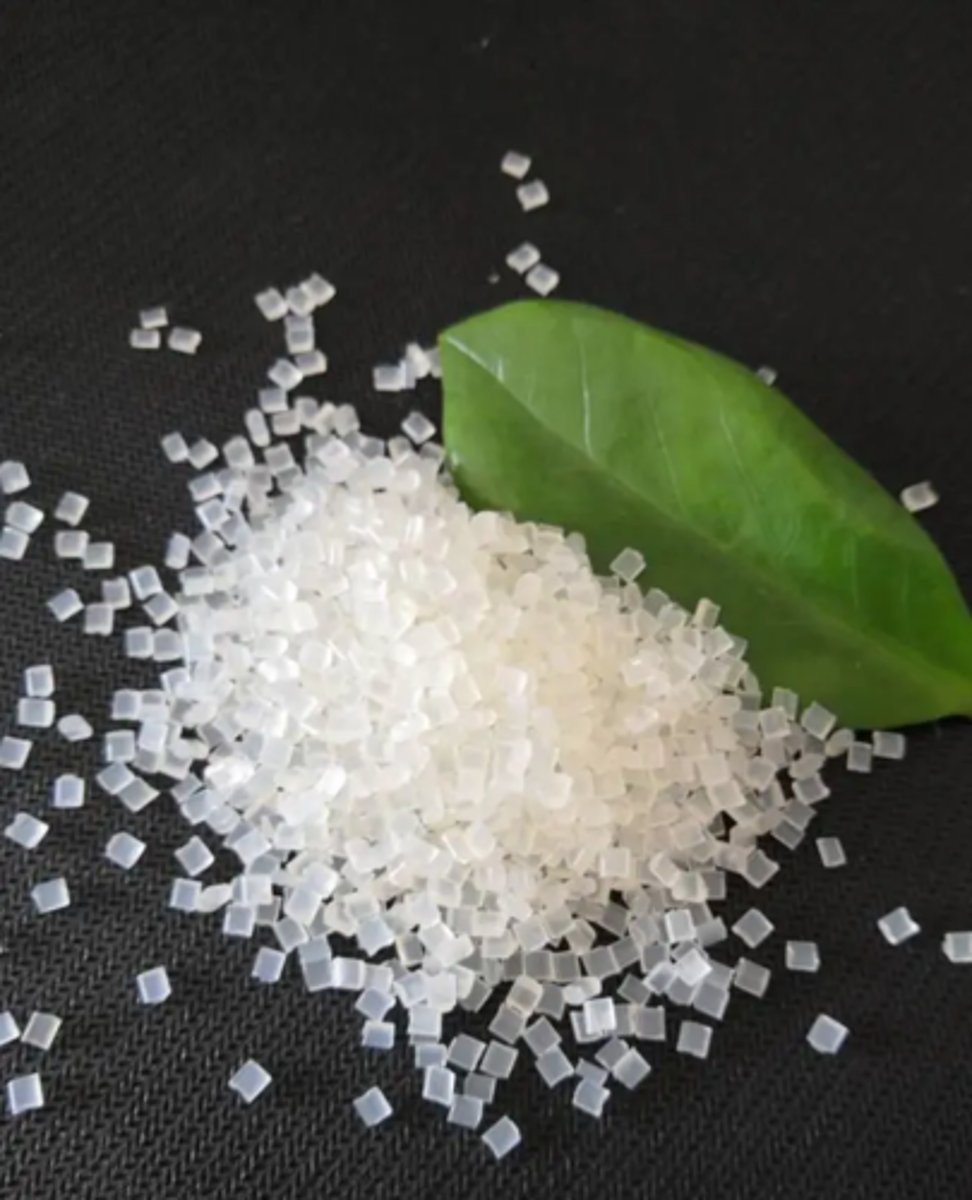
What is Lactide, and what are its applications?
Type: Synthetic bio-polymer
Made: based on PLA and cellulose
Uses: detergent sachets
What is Glycolide (Lactel and Ecofilm), and what are its uses?
Type: Synthetic bio-polymer
Made: based on PLA and cellulose
Uses: bin bags, agricultural ground sheets, and flower wrap
What are Oxy-degradable polymers?
Polymers that break down into a fine powder with oxygen exposure and are degraded by micro-organisms. Commonly used in LDPE carrier bags, with degradation time programmable during manufacture.
What are Photodegradable polymers, and how are they used?
Polymers that degrade when exposed to UV light, used in agriculture to cover crops, preventing weeds and retaining moisture while slowly degrading.
What are Hydro-degradable polymers, and what are their applications?
Polymers that degrade with water exposure and micro-organisms, used for detergent sachets, single-use packaging, and large-scale laundry bags for chemical plants and hospitals.
What are the environmental implications of bio-polymers and biodegradable polymers?
• Decompose into methane, a greenhouse gas.
• May leave toxic residues and require high temperatures to degrade.
• Use land for crop growth, increasing food costs.
• Could involve genetically modified crops.
• Non-recyclable, potentially encouraging a throwaway culture.
• Can confuse consumers due to unclear definitions.
What are natural bio-polymers?
Natural bio-polymers made from natural materials such as cellulose, starch and polysaccharides.
What are synthetic bio-polymers?
Synthetic bio-polymers are made from renewable resources but chemically engineered (synthesised) to break down more quickly.
What is the difference between Biodegradable Polymers and Bio-Polymers
Biodegradable Polymers:
Can be made from finite resources such as crude oil and contains additives that cause it to degrade more quickly than traditional polymers.
Bio-Polymers:
Natural - made from natural materials such as cellulose, starch and polysaccharides.
Synthetic - are made from renewable resources but are chemically engineered to break down more quickly.
Evaluate the negative environmental implications of using bio-polymers and biodegradable polymers.
Biodegradable polymers can produce methane gas when they decompose in landfill. This contributes to global warming.
Biodegradable polymers can take high temperatures to decompose and may leave behind toxic residues.
Natural bio-polymers need land to grow the crops to make them - including genetically modified (GM) crops - damage to wildlife.
Bio-polymers and biodegradable polymers cannot be recycled - could encourage a throwaway culture.
The terms 'bio-polymer' and 'biodegradable polymer' have different meanings which can confuse the general public. This can make it harder for them to make a positive environmental choice.